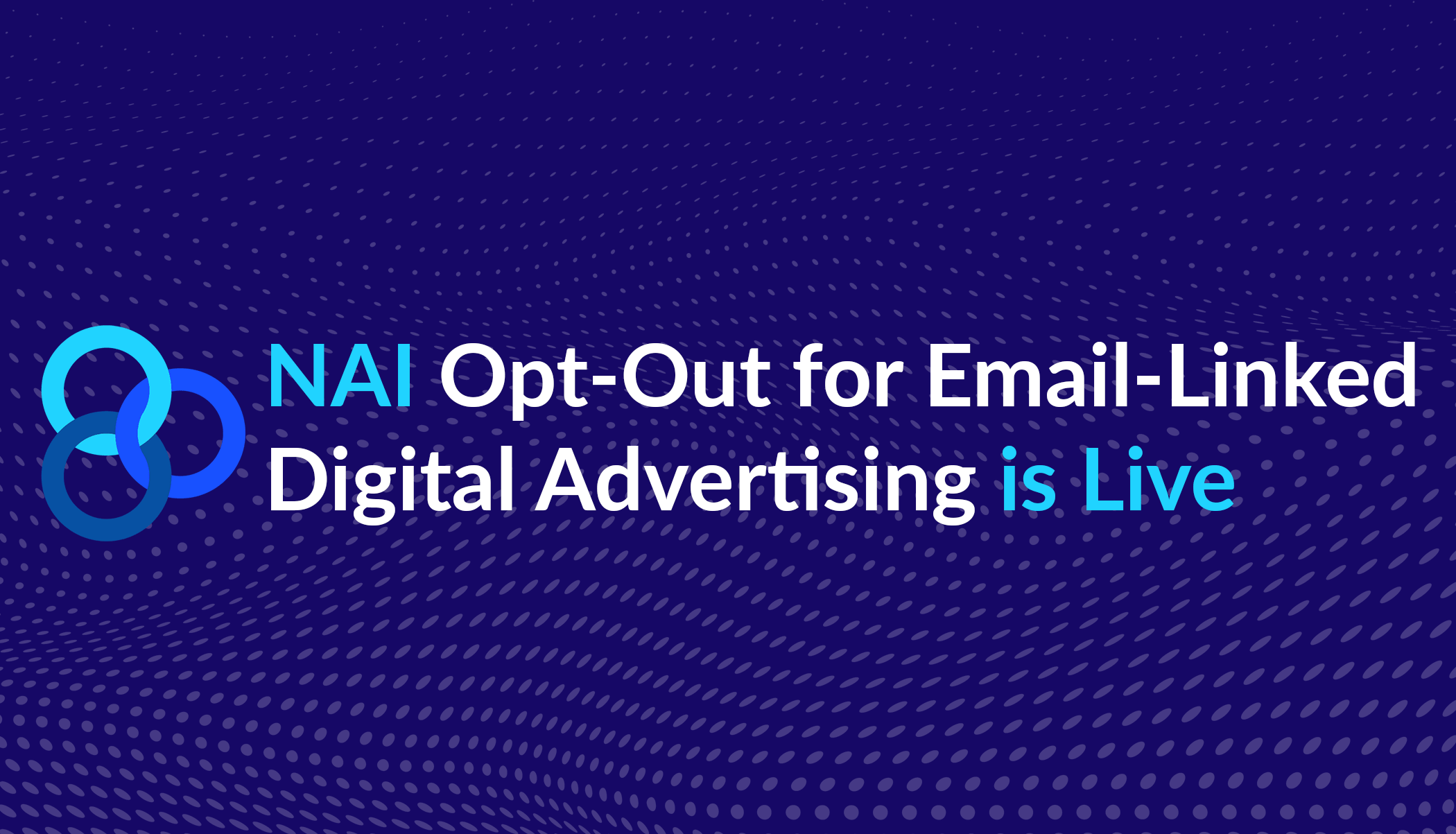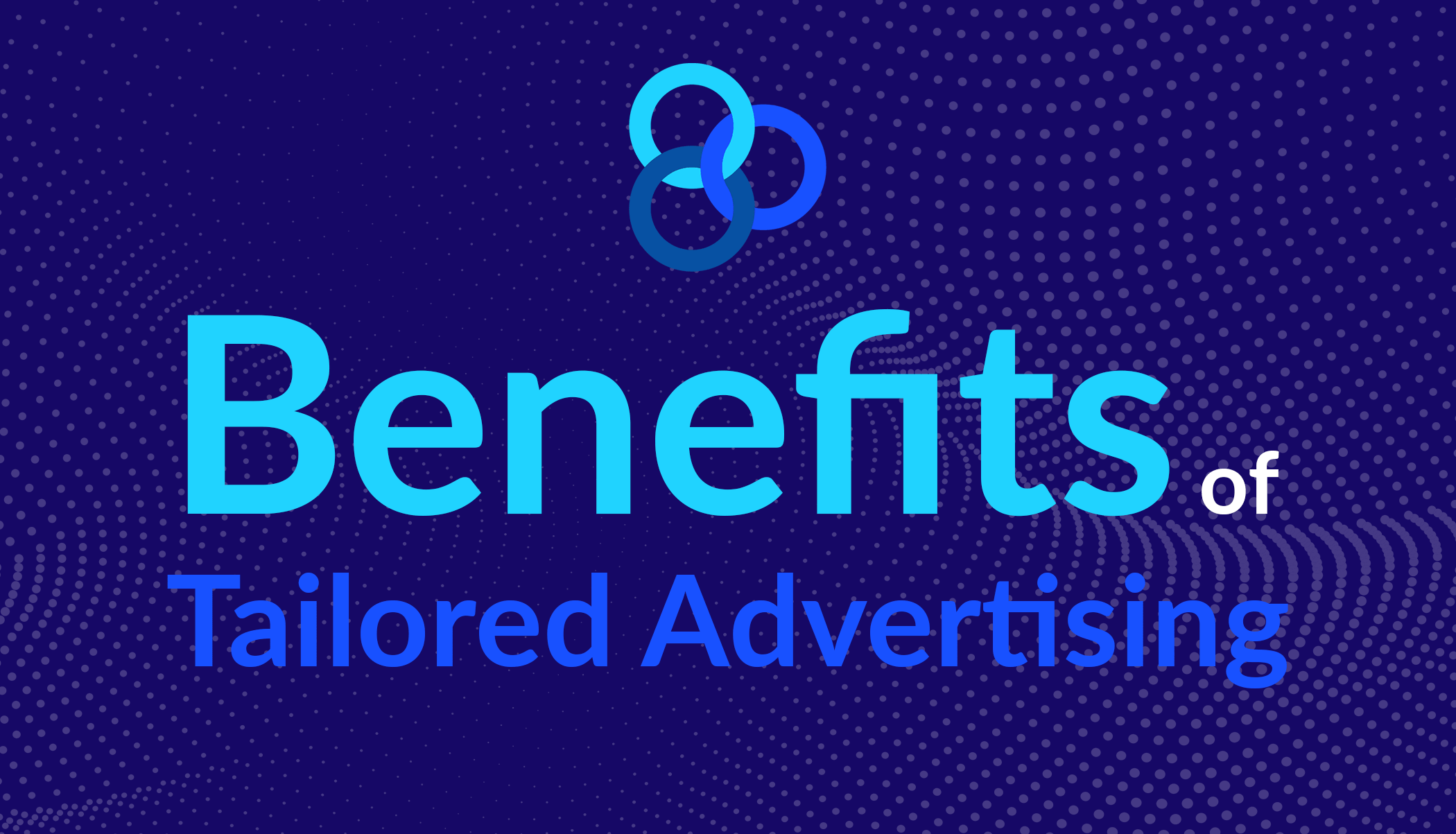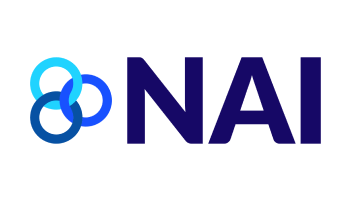“Dark” and “Light” Patterns: When is a Nudge a Problem?
At a time when Americans are spending more time than ever on internet-connected devices, policymakers and regulators are assessing “dark patterns”: techniques associated with user interfaces (UIs) that intentionally mislead or manipulate users by obscuring, subverting or impairing consumer autonomy, decision-making, or choice. The challenging task in assessing a dark pattern is differentiating from a nudge seeking to achieve a business purpose that is consistent with the objectives and preferences of its users. The Federal Trade Commission (FTC) recently announced that it will be holding a virtual workshop examining the topic, Bringing Dark Patterns to Light, scheduled for April 29, 2021. In advance of the workshop the NAI recently submitted comments to the FTC. Our comments don’t address the breadth of what might constitute dark patterns, or how to assess the issue across all facets of the online and offline world. Rather, we focus narrowly on the assessment of potential dark patterns that are relevant to the digital advertising industry and the “notice and choice” framework for digital collection of consumer data. We emphasized five key conclusions and recommendations. We emphasized five key conclusions and recommendations.
- The NAI is assessing existing practices and research pertaining to various UIs. The goal is to promote industry best practices to make disclosures and consumer choices more prominent and easily understandable. The NAI is uniquely positioned to provide industry-wide leadership in this area, with extensive expertise and self-reg experience enforcing requirements and promoting best practices.
- The FTC has substantial authority under Section 5 of the FTC Act to protect consumers against deceptive and unfair practices, including those that might be characterized as dark patterns. This is evidenced by academic research about the application of Section 5, as well as enforcement actions such as the recent FTC case against Age of Learning, Inc.
- Avoiding dark patterns and seeking to maximize efficiency and clarity can help to alleviate some of the challenges posed by the notice and choice model, but the model has widely recognized inherent limitations for consumer protection. Therefore, policymakers should seek to adopt alternative approaches that lessen the reliance on the model altogether, such as an increased focus on enforcing against unreasonable and harmful data practices.
- So called “Light patterns” should be evaluated carefully. Those are practices that make proactive decisions on behalf of users, having their best intentions in mind. Practices that go beyond striving to ease user navigation and decision-making and make assumptions about what is in consumers’ best interests run the risk of promoting certain business models over others. For instance, a business practice or UI that assumes that data-driven advertising is not wanted by consumers, fails to recognize that most consumers want and demand ad-supported digital content and services.
- The FTC, state enforcement officials, and other policymakers’ efforts should:
- continue to educate and warn businesses about the use of deceptive and unfair UIs;
- educate and inform users about navigating online experiences. Admodo.gov is a good example of how the FTC can be very helpful in educating children about how to make informed decisions online;
- avoid prescriptive requirements that could further undermine an already challenging online advertising framework and the ability of businesses to communicate effectively with their users;
- promote self-regulation to incentivize companies who actively seek to uphold high standards, and serve as a regulatory backstop for these efforts.
The full NAI comments and analysis can be found here.








